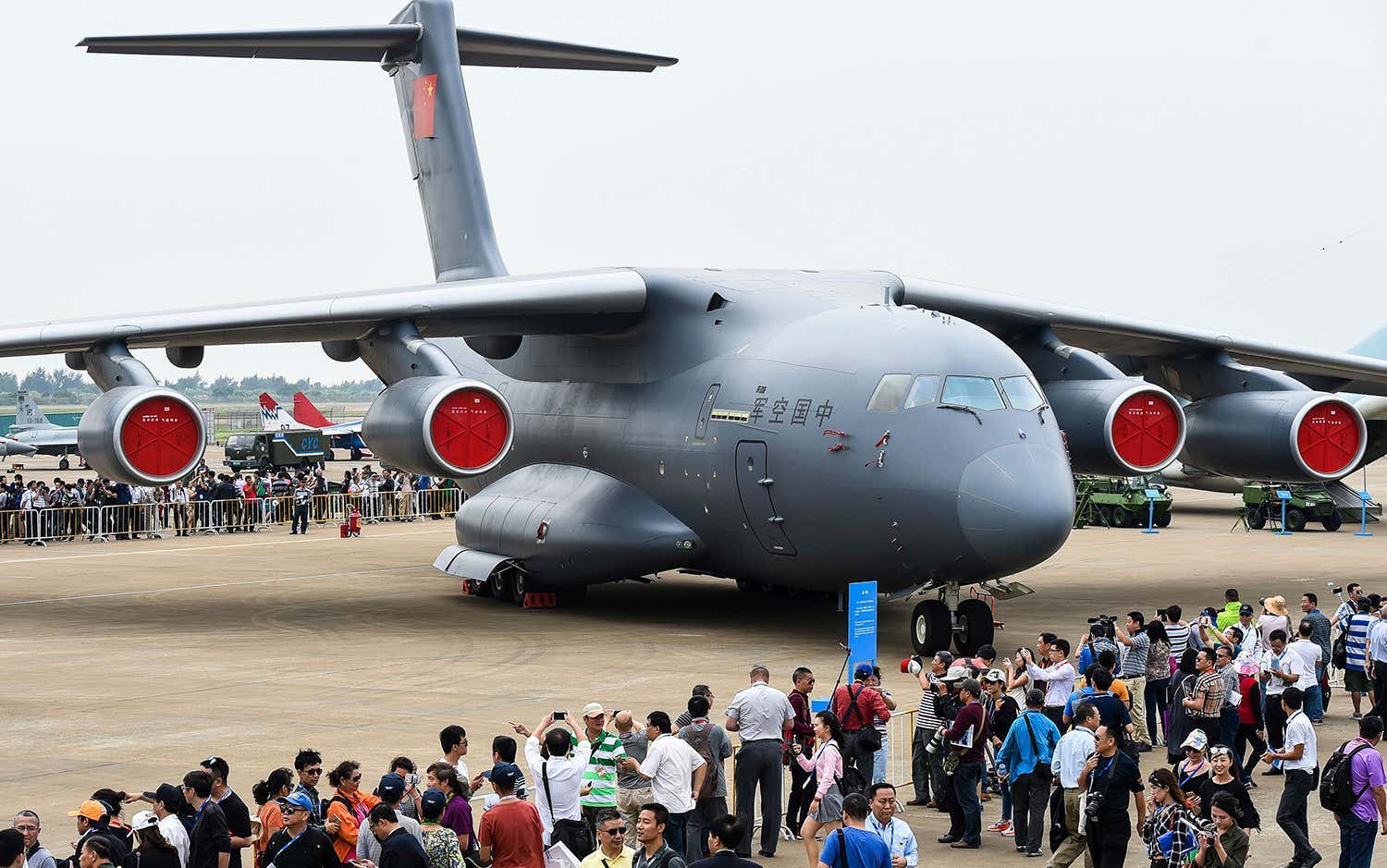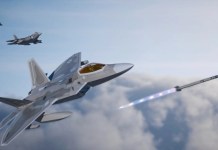China’s Xi’an Y-20 military transport aircraft will be powered by indigenously-built WS-20 turbofan engines, thereby enhancing the plane’s overall performance. The aircraft had for long been plagued by engine problems. Now the new home-grown engines will replace Russian-made Soloviev D-30KP-2s.
Has Turkey Found A Replacement For The American F-35 Fighter-Jets?
The powerful plane, which bears similarities to the US Air Force’s Boeing C-17 Globemaster III military transport aircraft, has performed below par due to the obsolete Russian engines.
https://twitter.com/RupprechtDeino/status/1334381541494042624
The previous variants of the Chinese aircraft were powered by four low-bypass Soloviev D-30KP-2 engines that lacked in terms of thrust and efficiency when pitted against modern high-bypass turbofan engines.
However, the rapid progress of the Y-20 program has led Beijing to finally upgrade the aircraft’s engines, which will in turn improve its performances in terms of range and cargo capacity.

According to a defense expert, Thomas Newdick, writing for The Drive, the new engines along with producing a higher thrust will aid Beijing in reducing its reliance on importing foreign engines.
The WS-20 is expected to deliver around 31,000 pounds of thrust, compared to 26,450 pounds for the D-30KP-2, he said.
Launched in 2006 by Xi’an Aircraft Industrial Corporation, the Y-20 heavy transport aircraft has been a mainstay of the PLA over the years.
Also known by the name of Kunpeng, a Chinese mythical beast, the aircraft has a payload capacity of around 60-66, and can carry large combat and support vehicles.
In 2010, the aircraft was modified to carry tanks like the Type 99. According to experts, the newer engines are only going to enhance their capabilities to lift even larger tanks in the future.
Military expert Song Xinzhi, said the homegrown engines will enable the aircraft to cut on fuel. Besides, it will help the aircraft take-off and land on shorter runways.
While China remains a frontrunner in indigenous production of defense goods along with countries like the United States and Russia, the production of advanced engines for aircraft has been the country’s Achilles Heel for a long time.
According to Michael Raska, an assistant professor with the S Rajaratnam School of International Studies at Nanyang Technological University in Singapore, engine quality is a “long-standing weakness of all Chinese turbofan engines”. “If they could do so, China would become less dependent on the Russian suppliers of these types of engines,” he said.

Raska believes that the introduction of newer engines will not only increase the aircraft’s operational reach but will also make the plane superior in other departments. The new WS-20 engines on the Y-20 variants are designed to increase the operational reach and cargo capacity, essentially enabling strategic airlift for the People’s Liberation Army, he maintained.
Follow EurAsian Times on Google News




